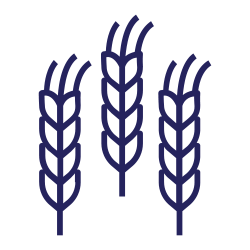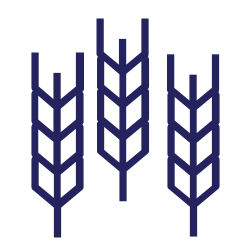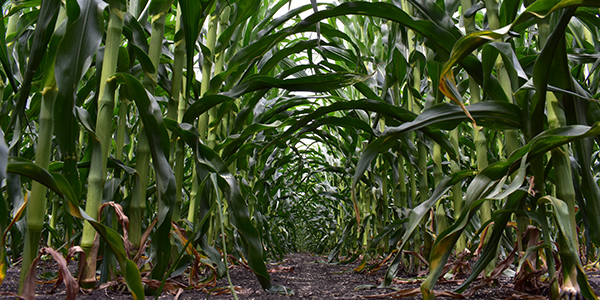Section Title
Importance of Crop Disease Surveys
Crop Types
- Whole Farm
Manitoba Crop Alliance participates in annual disease surveys, including surveys performed by Manitoba Agriculture, for several of our crops. There is sometimes concern about whether information gathered is of significant value, especially in years where incidence of a particular disease is low. However, whether disease incidence is high or not, crop disease surveys provide valuable data for farmers, agronomists and researchers.
Generally, the premise of a crop disease survey is to determine the following:
- Disease prevalence: percentage of fields infected
- Disease incidence: percentage of plants infected
- Disease severity: based on a rating scale for each disease being sampled
- Disease distribution: distribution pattern in a field, municipality, province – is there a pattern?
When a surveyor visits a field, they record notes on the four points above and compile that information into a large data set for the entire survey. Once compiled and analyzed, the data set gives us more insight into each disease.
First, we can identify that year’s greatest disease threats, what crop(s) it affected and at what level of severity. This enables us to assess the current risk of each disease and, moving into the next growing season, what disease could represent the greatest risk for farmers. To that effect, it is a great starting point for future disease risk maps, which are a helpful tool for the whole industry. A risk map shows which diseases (or other pests) are likely to be the greatest risk in each area, usually for the next growing season.
When performing a disease survey, the surveyor is in contact with each farmer for permission to scout fields. Following the disease survey, the farmer is informed of the findings. Field results will help each farmer evaluate the efficacy of their fungicide program and determine the best products for their operation. The farmer can also use those results to track the crop impact from the disease and progression of the disease following the survey. For instance, how did precipitation (or lack thereof) and growing season length encourage or discourage disease growth? Was crop standability impacted? Was crop maturity affected? Did any nutrient deficiencies impact disease pattern?
Knowledge of the presence of crop diseases throughout Manitoba is critical to effective management. We recommend that farmers get involved with surveys whenever the opportunity arises. They are a great tool for the whole industry, and results from these surveys help farmers, agronomists and researchers prioritize future management and research.











